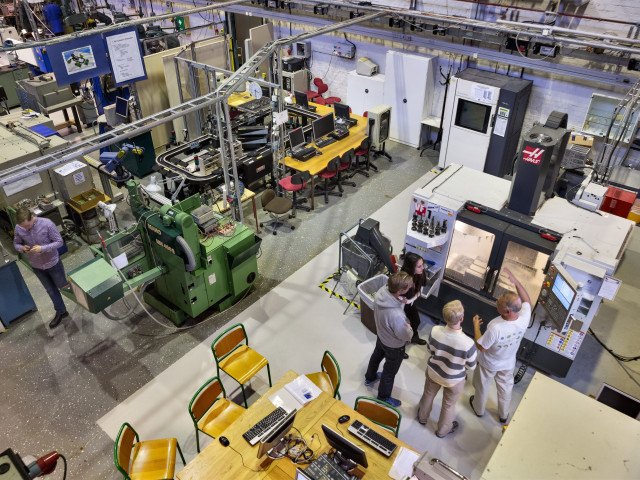- Planning and conducting a complex measurement, aiming at measuring the exposure to air contaminants as well as provide a basis for discussion about control measures.
- Methods for measurement of air contaminants, including exposure measurements and measurements with direct-reading instruments.
- How measuring methods and measuring strategies can be combined.
- Regulation regarding measurements of air contaminants and their impact on how measurements should be carried out.
This course presupposes that the student have an insight in health effects from air contaminants and some insights in control measures to reduce exposure to air contaminants.
The course in given as a distance course, with recorded video presentations (Zoom) and discussions about the video presentations and other material.
The students shall do one assignment, as a basis for the project work. The assignment is to plan a project work aiming at measuring air contaminants in a complex environment. The project work is to conduct the measurements (to be conducted as a group work).
The project work shall be presented in a report and orally.
The main aim of the course is to give the student deepened knowledge about measurements and analysis of air contaminants including how measurement and analytical methods can be chosen and adapted to the aim of the measurement. This includes selection of what substances should be measured. Further, the aim is to develop measuring strategies adapted to different aims of the measurements including planning of the measurements in such a way that the measurements can e interpreted and corresponds to the aim of the measurement.
After the course, the students should be able to:
- Find and select methods for measurements and analysis of substances in the provisions from the Swedish Work Environment Authority about occupational exposure limits. This includes basic facts about the reliability and accuracy of the methods.
- Develop, describe and motivate the selection of a measuring strategy in relation to the aim of the measurements. This includes selection of measurement and analytical method, selection and number of measuring points, placing of measuring points and sampling time.
- Plan and conduct measurements and risk assessments of air contaminants in different types of settings.
- Interpret measurements results and draw conclusions as well as discuss and evaluate the reliability of measurements.
- Describe the Swedish and European regulations about occupational exposure limit values and reflect on the basis for the occupational exposure limit values as well as if there are circumstances when lower guiding values could be motivated.
